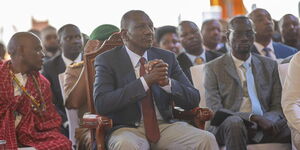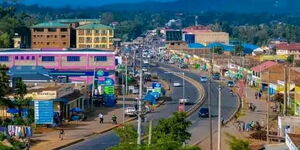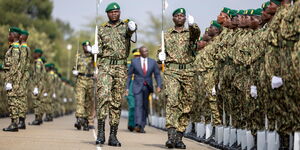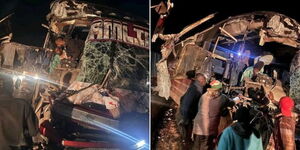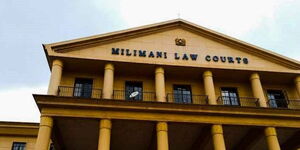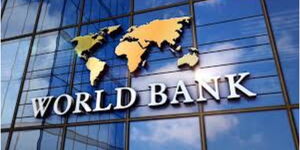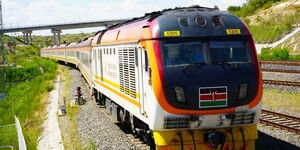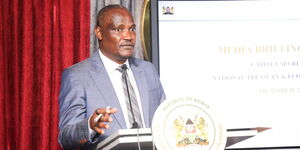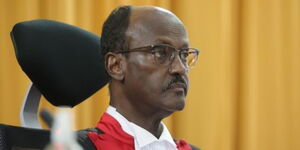Posh hotels in Mombasa have had to slash their rates by half as well as engineer new packages targeting domestic tourists in a bid to stay afloat.
The hospitality industry was one of the hardest hit by the Covid-19 pandemic, with the Health Ministry directives such as travel restrictions a major issue that resulted in mass staff layoffs.
4-Star hotels on the South Coast as well as some on the main island have reworked their rates and opened up their establishments to activities such as deep-sea diving, dhow cruises and hotel games involving the locals.
"The pandemic has handed us a lesson, but as a hotel, we learned that closing the hotel is more expensive than remaining open, and that is where we draw our resilience," a manager at one of the hotels informed the media.
Activities such as deep-sea diving by locals at hotels that used to almost exclusively cater to foreign tourists before Covid are now a common sight.
The Central Bank of Kenya (CBK) conducted a survey between September 21, and 23, 2020 to assess the extent of recovery in the hotel sector, particularly accommodation and restaurant activities.
The Survey showed that, on average, bed occupancy declined from 67 percent in February to bottom out at 10 percent in May, and recovered partially to 24 percent by September.
The report also showed that 64 percent of hotels that had closed during the pandemic period did not participate in any alternative economic activity. However, a majority of the rest (29 percent) were engaged in renovations and maintenance in a bid to adapt to the new normal before reopening.
Notably, local guests took up 82 percent of accommodation and 85 percent of restaurant services during the pandemic period, compared with 68 percent and 73 percent, respectively, during the period before the pandemic.
The Ministry of Tourism and Wildlife, in mid-March 2020, set aside Ksh500 million for the country’s post coronavirus recovery plan.
However, the recent revelation that the Ksh12.8 billion budget allocated to the Tourism Ministry had been slashed by Ksh 3.42 billion puzzled the industry's key players.
"It is difficult to comprehend how the industry will survive in the coming days. There are suppliers to hotels and staff who need prompt payments and we cannot conclusively say when we expect business to resume meaning we have no resources to deploy to marketing," the Kenya Association of Hotelkeepers and Caterers Coast branch executive officer Dr. Sam Ikwaye stated on February 15, 2021.
Kenya has shown an impressive performance in the tourism sector since 2015. The country’s tourism arrivals grew by 3.9% from 2.02 million tourists in 2018 to 2.05 million tourists in 2019.
Domestic tourism numbers in Kenya grew from 3,645,144 in 2017 to 3,974,243 in 2018, recording a 9.03% growth. Local tourists’ bed-night occupancy accounted for more than 50% of the total bed occupancy from 2015-2018.
Domestic travel supports and develops local and national economies, provides a rationale for infrastructure upgrading, bridges the seasonality gap, creates employment opportunities and cushions destinations in times of crisis.


